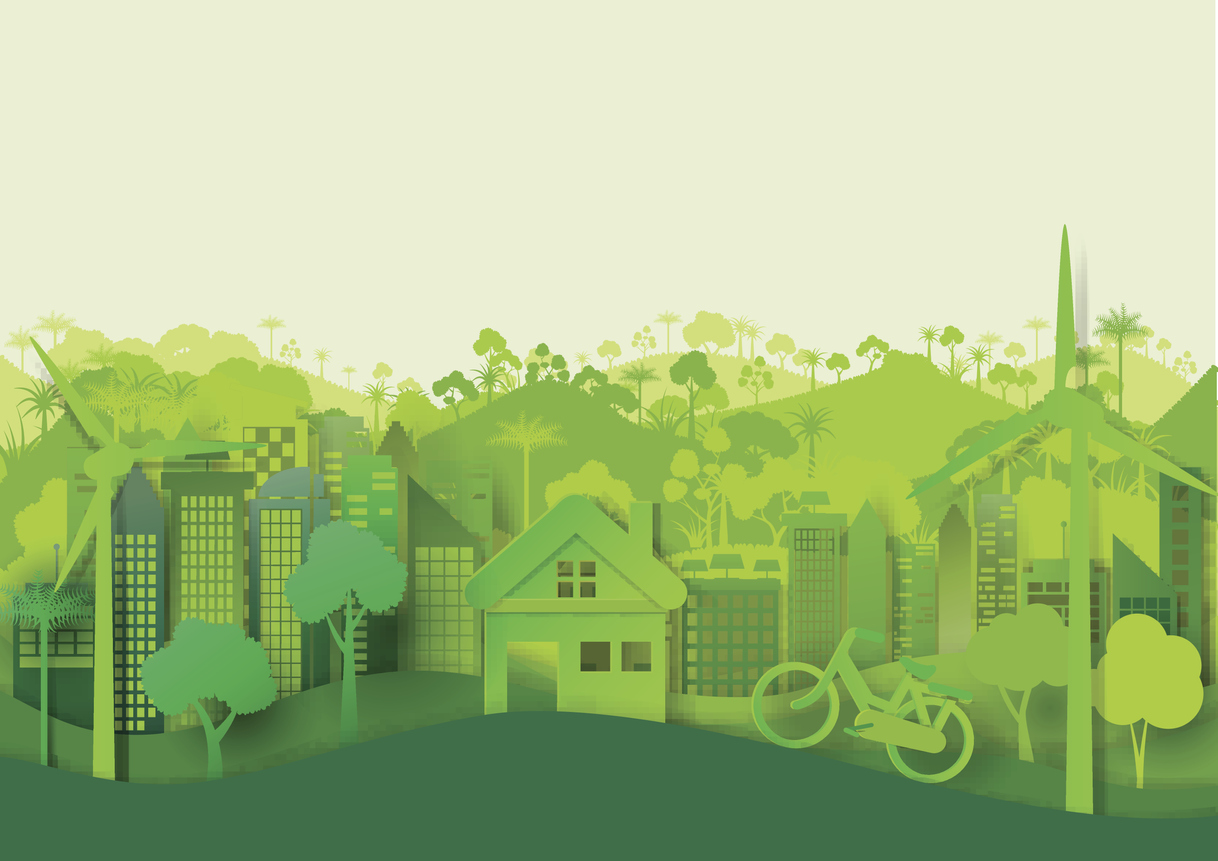2021/08/03
Imported Timber Price Soars – Trends of Shifting Back to Domestic Timber is the Opportunity to Revitalize Japanese Forestry

(The original article in Japanese was posted on July 9, 2021)
On July 2, Mitsui Home Co., Ltd. announced the launch of the wooden apartment-house brand, “MOCXION.” The concept of the apartments is “sustainable,” which means the products can realize significant reduction of CO2 emission during the construction as well as high thermal insulation, earthquake resistance, fire resistance, and sound insulation by using wood as constructional materials.
Following the government’s declaration of “Society 5.0 with Carbon Neutral,” decarbonization of each industry is being accelerated. In particular, in the construction industry, where CO2 emissions reach one-third of the total CO2 emission by all industries, it is expected that the use of wood would be promoted, which could emit only about the half of CO2 emitted when building houses with RC construction.
On the other hand, the sharp rise in the timber price for house construction has been continuing since the beginning of this year. In addition to the recovery of demands in China and the U.S., the countries that have quickly overcome the COVID-19 pandemic, the stagnation of global logistics caused by the pandemic has destabilized the distribution of timber. The tight situation of supply and demand and the deterioration of logistics functions are the causes of the global shortage of lumber and soaring prices. Against this backdrop, the promotion of use of domestic timber has once again emerged as a challenge to overcome.
While forests cover 70% of land area in Japan, the country depends on imports for 70% of its timber resources. As a result, plantations have been deteriorated gradually. The sense of crisis is also shared by the government, and in July 2019, the National Governors’ Association announced the declaration on expanding demand for domestic timber, in which they will take the lead the use of domestic timber for the construction of public buildings and the purchase of equipment. On July 15, the national government also approved the “Basic Plan for Forest and Forestry,” which aims to increase the use of domestic timber for construction by 40% by 2030.
Although it can be said that there are postwar reconstruction demand and a structural problem to the present day as the background of the large dependence on timber imports, innovation in the distribution system, from production to processing and sales, is essential in order to revive the forestry as a profitable business. Securing and training human resources is also an issue that needs to be urgently solved, and a production plan based on long-term supply and demand forecasts and an inventory management system that can deal with short- and medium-term demand fluctuations are also required to be established. Even if all these measures are properly taken, industrial revival will not be easy in view of competition with international markets.
The revival of the forestry is synonymous with the regional revitalization. Therefore, the forestry should not be regarded merely as a business to supply construction materials but should be incorporated into the economic system of the entire local community in order to create a new value system. Not only the demand for the construction of houses and apartment buildings but also obviously the value of woody biomass as an energy resource as well as economic value of its multifaceted functions including global environment, biodiversity, conservation of water resources, landscape, recreation, and prevention of landside disasters must not be overlooked. Forests are the core resources that compose the circular economy, and redefining the forestry from this perspective should open up the future of the industry as a sustainable one.
This Week’s Focus, July 9
Takashi Mizukoshi, the President